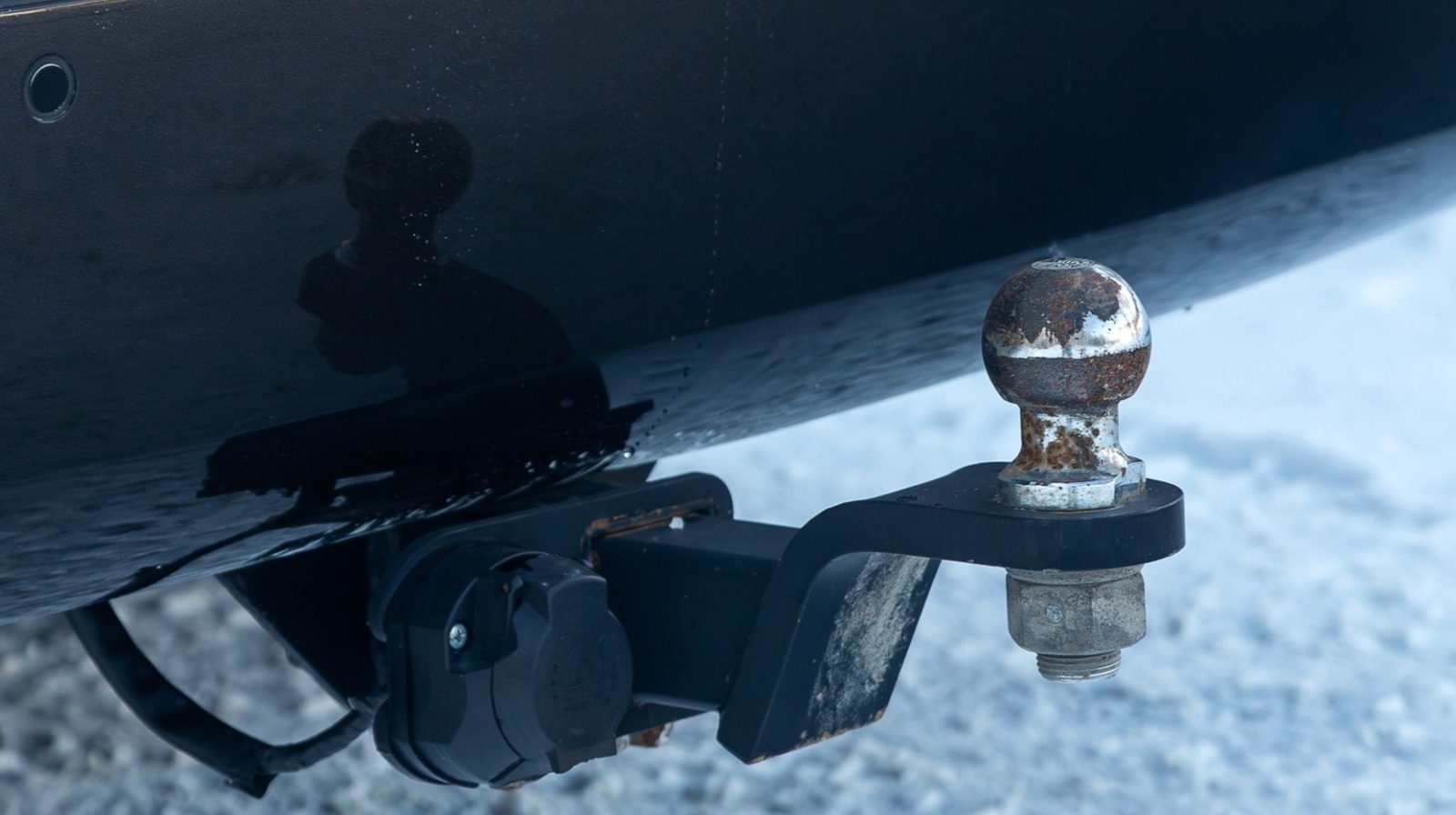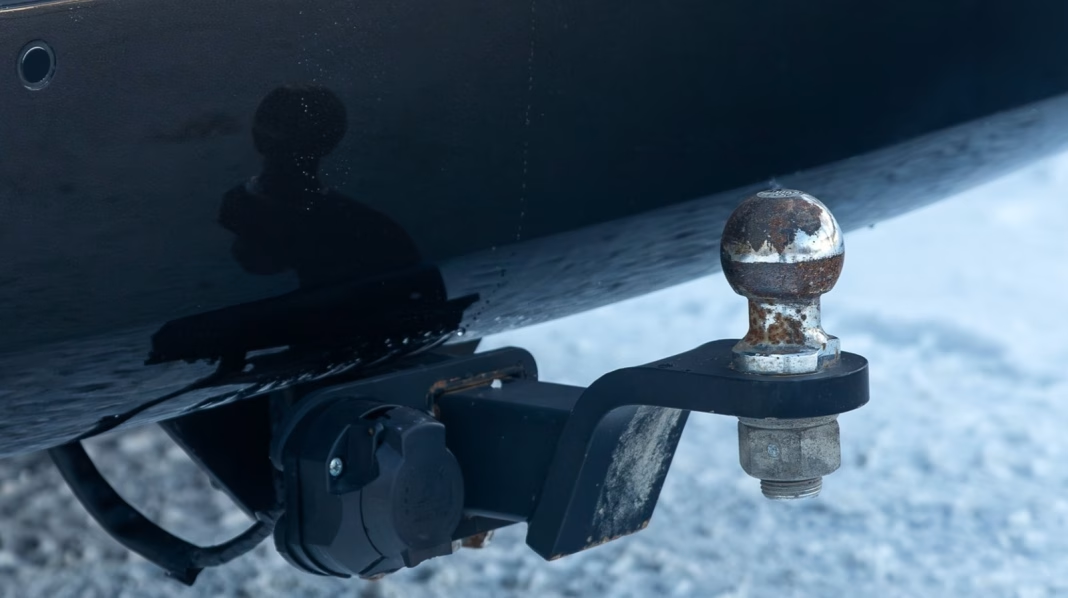Why Would Anyone Flip a Tow Hitch Upside Down?
If you’ve ever glanced at someone’s truck and noticed their tow hitch was flipped upside down, you might’ve wondered if they installed it wrong. Actually, there’s a good reason for this—and it has everything to do with towing safely and efficiently. Most modern tow hitches are designed to be used in either orientation, and flipping yours could be the key to a smoother, safer haul.
How Does Hitch Height Affect Towing Safety?
Let’s get right to the heart of the matter: the height of your trailer in relation to your tow vehicle is crucial. If your trailer is riding nose-up or nose-down, you’re asking for trouble. Uneven weight distribution can lead to poor handling, increased tire wear, and even dangerous sway at highway speeds. According to the National Highway Traffic Safety Administration (NHTSA), improper trailer loading is a leading cause of towing-related accidents.
By flipping your hitch upside down (sometimes called using the drop or rise position), you can raise or lower the ball mount to better match the height of your trailer’s coupler. The goal? Keep that trailer as level as possible. A level trailer means more predictable braking, better control, and less stress on your vehicle’s suspension.
When Should You Consider Flipping Your Hitch?
Not every towing setup is the same. Maybe you just bought a new camper, or your friend’s utility trailer sits higher than yours. If you notice your trailer isn’t level when hitched up, it’s time to check your hitch configuration.
Here’s a quick rule of thumb: measure the height from the ground to your vehicle’s hitch receiver, and then from the ground to your trailer’s coupler. The difference tells you if you need to flip your hitch for a rise or drop. For example, if your truck sits higher than your trailer, flipping the hitch to the drop position brings the ball down to the right height. If your trailer is taller, use the rise.
Are There Risks or Downsides to Flipping Your Hitch?
It’s natural to worry about safety when making changes to your towing setup. The good news is, most quality hitches are engineered to be used in either orientation. Still, you’ll want to double-check the manufacturer’s instructions. Some cheaper or older hitches may not be rated for the same weight capacity in both positions.
Also, make sure your hitch pin and ball mount are properly secured after flipping. A loose or improperly installed hitch is a recipe for disaster. If you’re ever in doubt, a quick visit to a local trailer shop or mechanic can give you peace of mind.
What Real-World Benefits Can You Expect?
Let’s talk about what actually happens when you get your trailer level. First, you’ll notice your vehicle handles better—especially when braking or turning. There’s less bounce and sway, which means a more comfortable ride for everyone. You’ll also reduce wear and tear on your tires and suspension, saving money in the long run.
Anecdotally, seasoned RV owners and landscapers swear by adjusting their hitch height. One contractor shared that after flipping his hitch for a heavy equipment trailer, he saw a noticeable drop in tire blowouts and white-knuckle moments on the highway. Sometimes, the smallest tweak makes the biggest difference.
How Do You Flip Your Hitch Safely?
If you’re ready to make the switch, here’s a quick rundown. First, park on a level surface and chock your wheels. Remove the hitch pin and slide the ball mount out. Flip it to the desired orientation—rise or drop—then reinsert and secure with the pin. Double-check that everything’s tight before you hit the road.
It’s also a good idea to recheck your trailer’s level after loading it up. Cargo weight can shift things around, so a final check ensures you’re set for a safe trip.
The big takeaway? Flipping your tow hitch isn’t about perfection—it’s about smarter adjustments. Start with one change this week, and you’ll likely spot the difference by month’s end.


